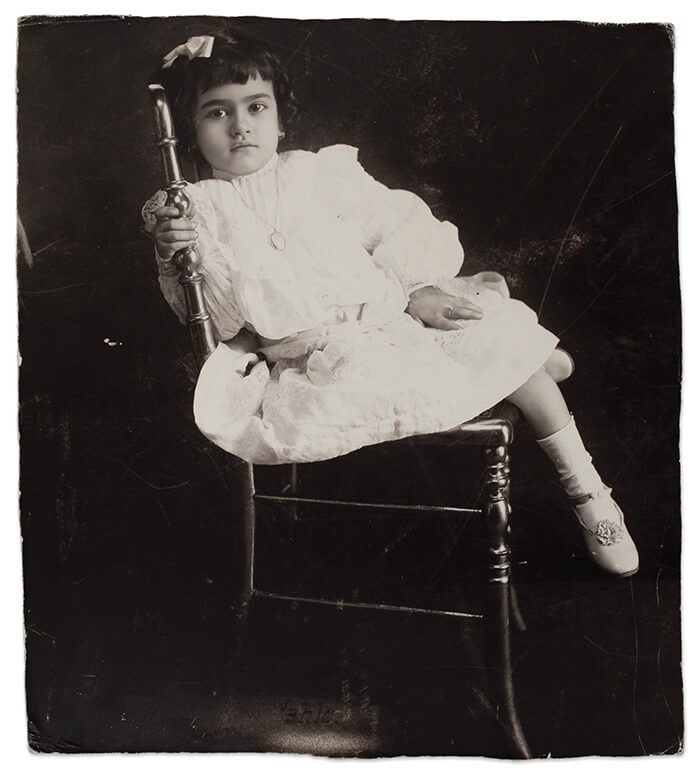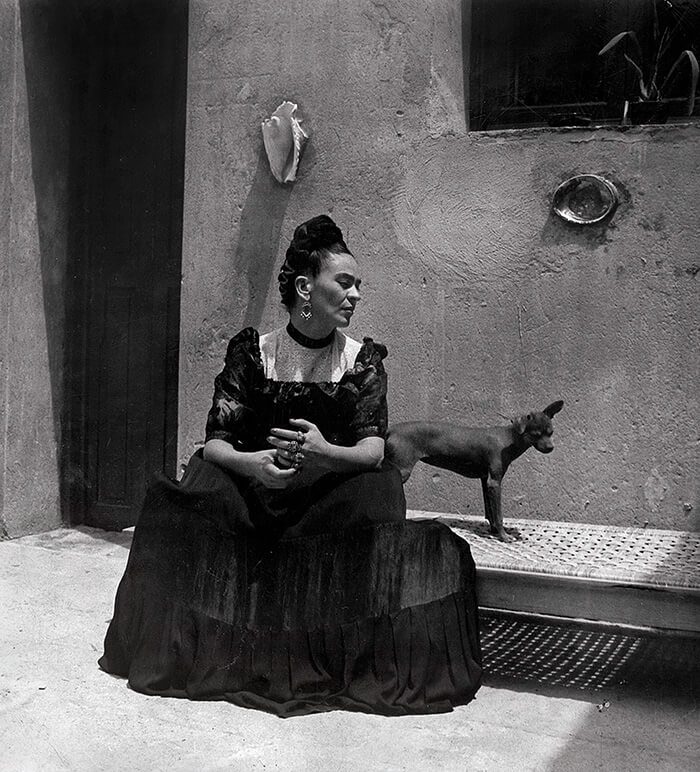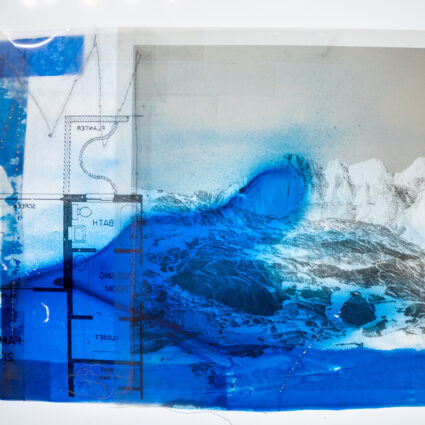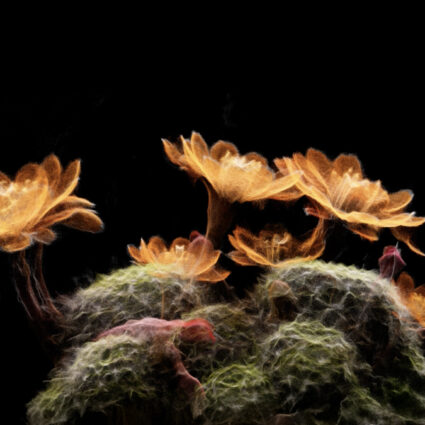
University of New Mexico Art Museum, Albuquerque
August 25 – December 2, 2017
In the new documentary that accompanies the exhibition Frida Kahlo:Her Photos, curated by Mexican photographer and historian Pablo Ortiz Monasterio, reference is made at the very beginning to Kahlo’s horrific accident at the age of eighteen. It was the dreadful collision of a bus with a trolley car that sent a metal spike into Kahlo’s body—it entered her hip and came out through her vagina. As she was recovering from the catastrophic shattering of her body, she said, “It’s as if I had learned everything at once.”
Although right after the accident Kahlo was not expected to live, she did heal to a certain miraculous degree, and in her convalescence she began to transform herself into the daring and charismatic artist we know today—sui generis, incomparable. A self-portrait, done in 1926 at the age of nineteen and painted as she recovered, is startling in its beauty, its insight, its intensity. Her eyes look into and then beyond us, piercing the black-velvet void of her inner life. We, the viewers, want to anchor her gaze in a space we can comprehend and have empathy for—pulling her extraordinary presence to us so we can give her solace and some sliver of wholeness—maybe even possess her and blanket her with our poetry and our prose and the art that came from many sources, and not just her own creations.
Frida Kahlo: Her Photos comprises images from the artist’s personal collection with a plethora of content: family life before and after Kahlo was born, images of friends like Tina Modotti, herself an artist and partner of Edward Weston; various lovers of Kahlo’s, along with revolutionary political figures like Zapata and Trotsky; and her beloved pets. And there are photos of Casa Azul, the iconic house she shared with Diego Rivera, the artist she married when she was twenty-two, and the Tehuana costumes she wore to please Rivera that set off her exotic looks and hid the problems with her legs and feet. There is the photograph of Kahlo at five staring into the camera with the same penetrating look that became part of her hallmark de facto façade in front of the lens. The child’s gaze radiates a sense of knowing, as if she could see into a future of increasingly unrelenting pain that could never be transcended, beginning even before Kahlo’s infamous accident: a bout of childhood polio whose effects would linger, setting her off on a path to adulthood with a limp and a bad leg. The child of five is mother to the woman who struggled so valiantly to survive, realize her destiny, and even procreate. Never, though, would Kahlo be able to carry a child, a product of her obsessional love for Rivera, to term.

One interesting photograph Kahlo took herself—a small image of Rivera’s eyeball with its glowing, hazel-colored iris. And another intriguing image is by the Hungarian photographer, Nicolas Muray, a lover of Kahlo’s, titled Frida in the New York Hospital from 1946. In this photograph, Kahlo is seated in bed and bending forward, her thick dark hair loose and falling over her head and face like a shroud; the artist appears like a spirit from another world, both human and animal.
The six thematic sections of this show succinctly present aspects of Kahlo’s life that are familiar to us, yet they also defy any explanation about the mysterious forces acting within the artist and the woman that gave her such power. Kahlo was imbued with an uncanny persona, present even at an early age when, for example, she role-played at being a boy. Frida at five is Frida at forty-seven being wheeled to a Communist demonstration in Mexico City, when death was knocking loudly at her door. The child at five seemed to know what the artist would come to realize only through a more experiential percolation of pain. The two Fridas: sensitive young girl, bold young woman; devoted wife, pan-sexual lover; an exquisite face, a physically broken body; uncertain painter, audacious artist taking us deep inside the visible.



